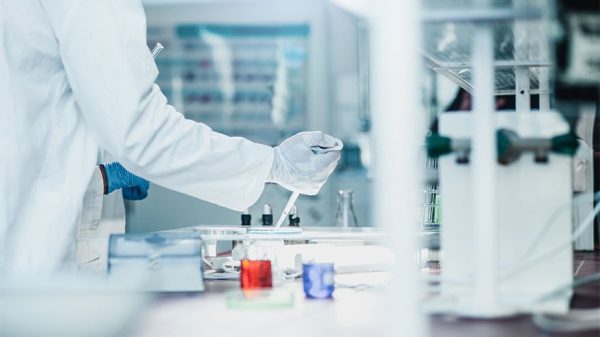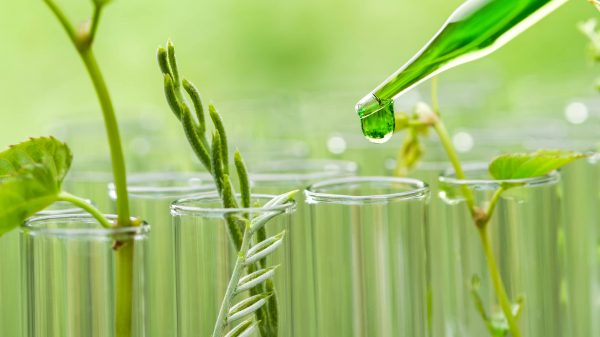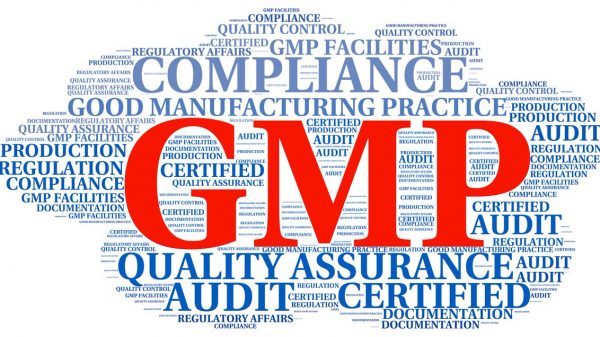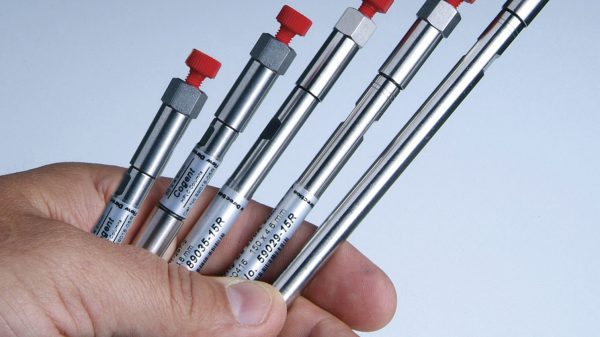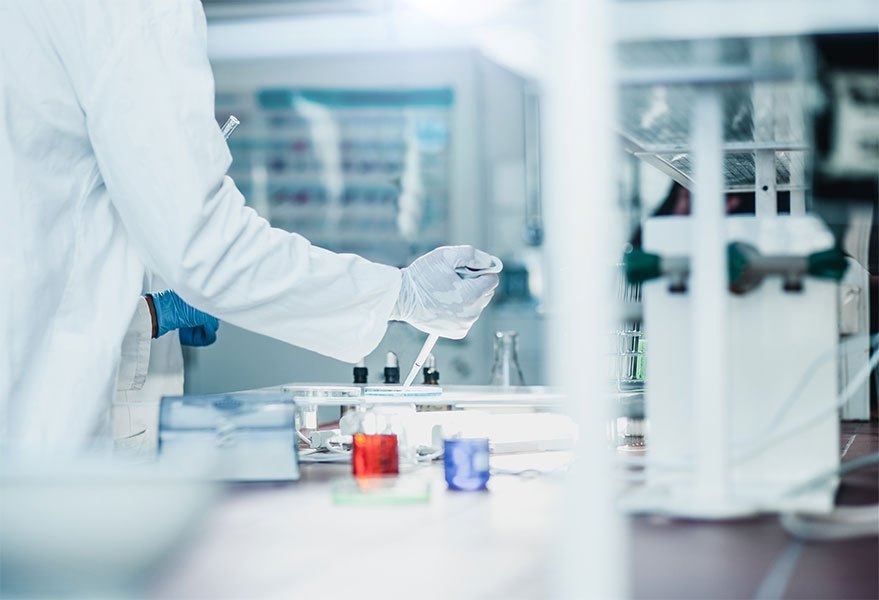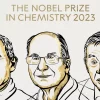Earth-Abundant Transition Metal Catalysis: A Greener Alchemy
For centuries, chemists have relied on a select group of transition metals to orchestrate countless chemical transformations. These catalysts, like invisible maestros, guide the creation of pharmaceuticals, materials, and countless other necessities. But a hidden shadow hangs over this alchemy: dependence on rare and expensive metals like palladium and platinum. Enter Earth-Abundant Transition Metal Catalysis, a revolution rewriting the playbook of sustainable chemistry.
This game-changing approach replaces the elite with the readily available. Instead of precious metals, chemists are harnessing the power of iron, cobalt, and nickel, abundant elements slumbering just beneath our feet. This shift isn’t just about cost – it’s about forging a greener future. Imagine pharmaceuticals free from the constraints of expensive catalysts, making lifesaving drugs accessible to all. Envision cleaner fuel production fueled by environmentally friendly iron-based catalysis, replacing hazardous rhodium with a sustainable champion. These are just the first whispers of a greener symphony to come.
However, this shift from the familiar to the abundant isn’t without its challenges. Compared to their regal counterparts, earth-abundant metals can be fickle players. Their reactivities are less predictable, their melodies harder to tune. Chemists must become alchemists themselves, crafting unique “ligands,” molecular environments that cajole these metals into performing their best.
Fortunately, the scientific community is armed with cutting-edge tools. Computational modeling unravels the intricate dances between metals and molecules, while advanced characterization techniques peer into the heart of catalyst action. Armed with this scientific arsenal, chemists are crafting highly efficient and selective catalysts, coaxing out hidden talents from these underdogs.
One particularly captivating avenue is single-atom catalysis. Imagine solitary metal atoms, scattered like stars on a support material, performing feats of alchemy all their own. This strategy not only maximizes the use of precious metals but also allows chemists to harness the unique properties of earth-abundant metals at the atomic level. The possibilities are dizzying, whispering of a future where even the rarest metals can be used sparingly, their power amplified by ingenious design.
Earth-Abundant Transition Metal Catalysis is not just a scientific endeavor; it’s a revolution, poised to democratize chemical processes, rewrite supply chains, and usher in a new era of green chemistry. From pharmaceuticals and fuels to materials and energy systems, its impact will touch every facet of our lives. This isn’t just about swapping one metal for another; it’s about changing the very rhythm of chemistry, making it more sustainable, more accessible, and more in tune with the needs of our planet.
So, the next time you marvel at a sleek new material or the life-saving power of a drug, remember the quiet revolution taking place beneath the surface. Earth-Abundant Transition Metal Catalysis is rewriting the story of chemistry, one abundant atom at a time, towards a greener and more equitable future for all.
This article merely scratches the surface of this captivating field. To delve deeper, explore specific areas like iron-based hydrogenation catalysts or the fascinating world of single-atom catalysis. Each avenue holds the potential for transformative discoveries, waiting to be unveiled by the next generation of chemical alchemists.





